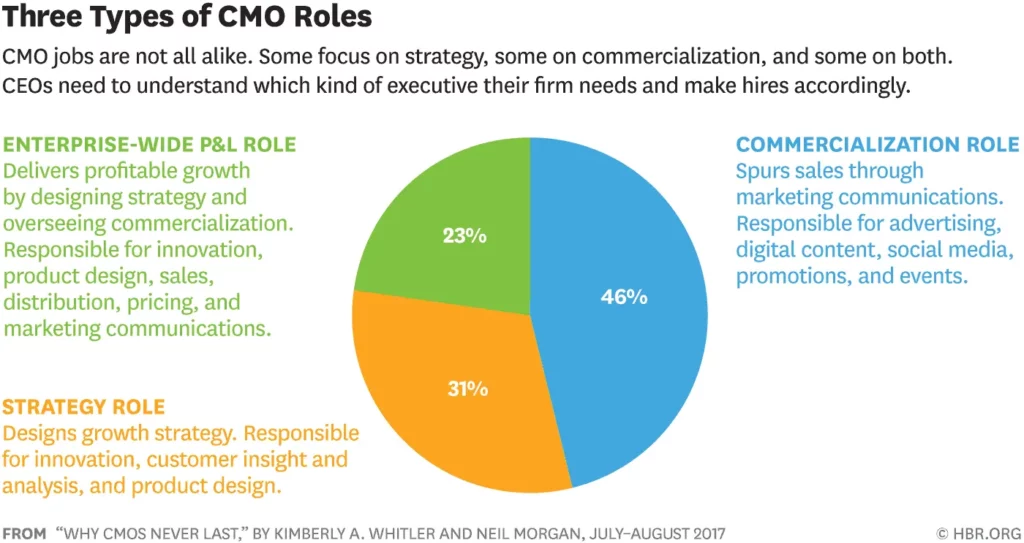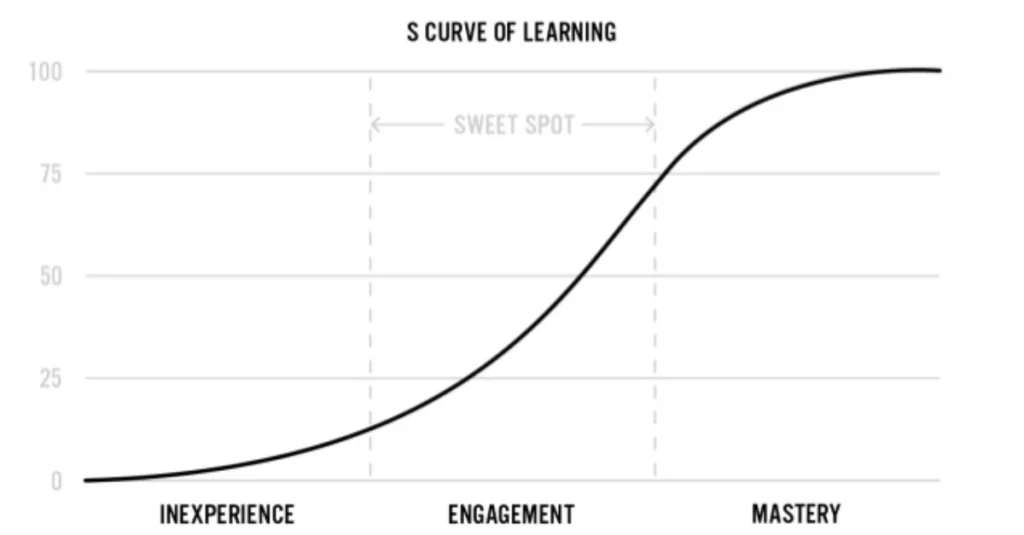If you have spent over a decade in marketing or advertising, you may question the role of a CMO. Often, the role is compared to that of a conductor in an orchestra; their responsibility is to ensure the orchestra...
If you have spent over a decade in marketing or advertising, you may question the role of a CMO. Often, the role is compared to that of a conductor in an orchestra; their responsibility is to ensure the orchestra remains on time and accurately interprets the music.
They usually draw the most visibility in a traditional concert because they are on a raised pedestal. However, the de facto leader of an orchestra is often the principal violinist, a position demanding the highest levels of skills and craftsmanship. The principal violinist must also demonstrate the ability to unite their department and the orchestra.
Unlike traditional orchestras, the structure and role of a CMO are more dynamic. Questions about the importance and, in many cases, the very existence of the role have been raised.
More recently, Scott Galloway expressed the opinion that CMOs who are overly focused on advertising will become obsolete in the long run. Scott suggests that CMOs should concentrate on solving real business problems related to the supply chain, analytics, and product innovation.
So, what exactly is the CMO’s role, and how has it evolved?
Evolution of the CMO
When the role was initially conceived, the marketing department primarily focused on creating print and television advertising. The role’s focus is on commercialization, and the nature of the role spurs marketing through communication, being responsible for advertising, content, social media, and more.
A study by Kimberly A. Whitler for Harvard Business Review 2017 found that nearly 46% of CMO roles are solely focused on commercialization. The role has no responsibility related to enterprise-level P&L or strategy. This means all CMO positions aren’t the same.
Today, the role has evolved to include enterprise-level P&L responsibility and even handle strategy, where the person is in charge of designing the growth strategy. When a brand has multiple business units or brands, the chief marketing officer’s role usually ends up having P&L responsibility.

However, as the organization gets bigger, the role is often disaggregated. The CMO’s role is divided into several parts: chief commercialization officer, chief innovation officer, chief analytics officer, and so on.
In the Indian context, if your role is excessively centered on commercialization, it can lead to a mismatch when hired for positions emphasizing strategy and P&L responsibilities. That’s one of the reasons you don’t see CMOs transitioning to business or revenue-centered roles.
When a CMO is hired for a role where they don’t fit in, they flounder and get frustrated.
The Three-year Itch and S Curve at CMO Role
We have all experienced the S Curve; the initial period of any role is usually filled with excitement, but soon, you figure out the ropes of the role.

By the second year into the role, you’re executing well on the plan, but somewhere between the second and third year, you start losing the drive you had initially when you started. Experts refer to this as the S Curve of learning.
It’s a typical trajectory that you see with many roles—in their survey of the top 1,000 U.S. companies, Kon and Ferry discovered that the CMO role had the shortest tenure. At a mere 3.5 years, the CMO role is the riskiest in the C-Suite.
The only way to snap out of this declining S Curve is to either expand your role internally or take on more responsibilities. But when there is a complete mismatch between expectations and reality at your current organization, CMOs have no choice but to leave their existing organizations.
The only way to reverse this trend is for the founder or the executive team to place more trust in the CMO position. Don’t treat marketing as a cost center but as a revenue enabler. When you make marketing responsible for strategy and P&L, they function with more accountability.
They don’t merely see themselves as a cog in the wheel but as an integral part of the machinery.
The post Why CMOs Never Last appeared first on Digital Uncovered.








